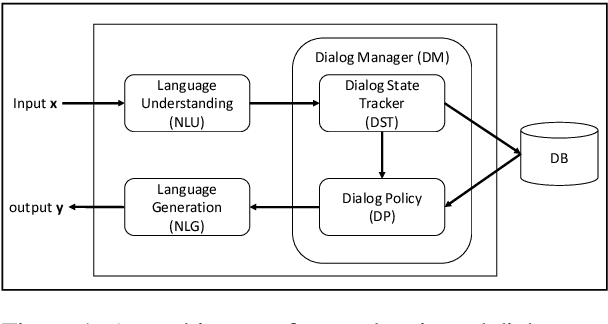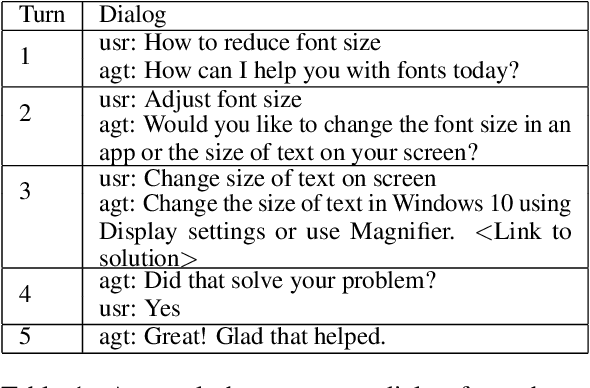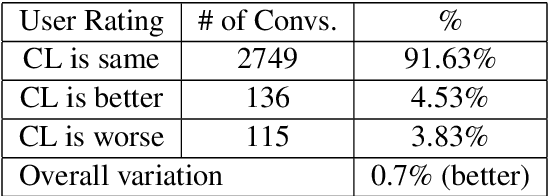Eslam Kamal
SLM Meets LLM: Balancing Latency, Interpretability and Consistency in Hallucination Detection
Aug 22, 2024Abstract:Large language models (LLMs) are highly capable but face latency challenges in real-time applications, such as conducting online hallucination detection. To overcome this issue, we propose a novel framework that leverages a small language model (SLM) classifier for initial detection, followed by a LLM as constrained reasoner to generate detailed explanations for detected hallucinated content. This study optimizes the real-time interpretable hallucination detection by introducing effective prompting techniques that align LLM-generated explanations with SLM decisions. Empirical experiment results demonstrate its effectiveness, thereby enhancing the overall user experience.
A Framework for Automated Measurement of Responsible AI Harms in Generative AI Applications
Oct 26, 2023



Abstract:We present a framework for the automated measurement of responsible AI (RAI) metrics for large language models (LLMs) and associated products and services. Our framework for automatically measuring harms from LLMs builds on existing technical and sociotechnical expertise and leverages the capabilities of state-of-the-art LLMs, such as GPT-4. We use this framework to run through several case studies investigating how different LLMs may violate a range of RAI-related principles. The framework may be employed alongside domain-specific sociotechnical expertise to create measurements for new harm areas in the future. By implementing this framework, we aim to enable more advanced harm measurement efforts and further the responsible use of LLMs.
Chain of Natural Language Inference for Reducing Large Language Model Ungrounded Hallucinations
Oct 09, 2023Abstract:Large language models (LLMs) can generate fluent natural language texts when given relevant documents as background context. This ability has attracted considerable interest in developing industry applications of LLMs. However, LLMs are prone to generate hallucinations that are not supported by the provided sources. In this paper, we propose a hierarchical framework to detect and mitigate such ungrounded hallucination. Our framework uses Chain of Natural Language Inference (CoNLI) for hallucination detection and hallucination reduction via post-editing. Our approach achieves state-of-the-art performance on hallucination detection and enhances text quality through rewrite, using LLMs without any fine-tuning or domain-specific prompt engineering. We show that this simple plug-and-play framework can serve as an effective choice for hallucination detection and reduction, achieving competitive performance across various contexts.
Conversation Learner -- A Machine Teaching Tool for Building Dialog Managers for Task-Oriented Dialog Systems
May 01, 2020



Abstract:Traditionally, industry solutions for building a task-oriented dialog system have relied on helping dialog authors define rule-based dialog managers, represented as dialog flows. While dialog flows are intuitively interpretable and good for simple scenarios, they fall short of performance in terms of the flexibility needed to handle complex dialogs. On the other hand, purely machine-learned models can handle complex dialogs, but they are considered to be black boxes and require large amounts of training data. In this demonstration, we showcase Conversation Learner, a machine teaching tool for building dialog managers. It combines the best of both approaches by enabling dialog authors to create a dialog flow using familiar tools, converting the dialog flow into a parametric model (e.g., neural networks), and allowing dialog authors to improve the dialog manager (i.e., the parametric model) over time by leveraging user-system dialog logs as training data through a machine teaching interface.
 Add to Chrome
Add to Chrome Add to Firefox
Add to Firefox Add to Edge
Add to Edge